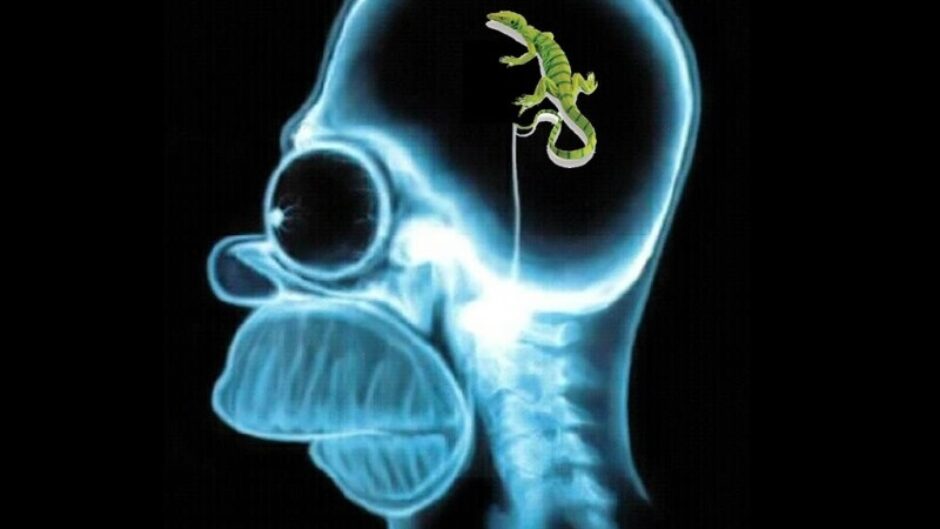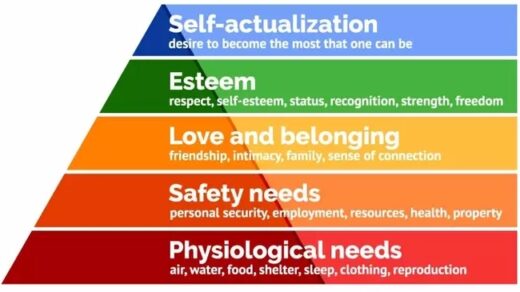
People often ask me if I have a degree in business because I am a fundraiser. Well, I have a degree in Statistics with a minor in Business. To be perfectly honest, I don’t use that degree very often in life as excel does it all for you now! I have often said that if I had a degree in psychology that I would be a much better fundraiser. After 25+ years, I can say that I am well on my way to understanding the psychology of fundraising.
Knowing why people give is much more important than knowing how people give. If you haven’t moved past the why question, the how question is kind of irrelevant.
There is a technical term for the primitive part of our brain — the amygdala. Sounds impressive, but it is probably one of the most basic parts of our brain. It is constantly looking to answer one of two questions:
- Can I eat it
- Will it kill me
The amygdala controls our emotions — something that we have very little control over. This area is linked to both fear and pleasure. This is the very backbone of the psychology of fundraising.
So what does this mean for fundraising?
When it comes to fundraising (in a Direct Mail letter, for example) a story of a cancer patient gets one’s attention much faster than a person who had a tonsillectomy. I wrote about this phenomena here — (is using a sad photo manipulative).
Our emotions are constantly checking with our brains if what we are seeing or experiencing is something familiar or a new sensation. Remember how we felt when we helped somebody or remember how it feels to be lonely. These emotions need to be recalled when we are talking to prospects about our organization. It is the very basis of storytelling.
The fear mentioned above doesn’t necessarily need to mean literal fear. For example — will driving in a car kill me?. Fear can be a bit abstract — perhaps the fear is that the donation won’t be appreciated. This constant thought process of checking-in with your brain happens sub-consciously and works to drive our decisions.
Moreover, studies have shown that positive feelings always outweigh the negative ones. That we are always searching for a way to “turn that frown upside-down”. Donors are always looking for ways to help others (that is, of course, why people donate). It is that emotional part of our brain that releases endorphins that result in the joy of giving.
Congratulations! You have just passed the introductory course on the psychology of fundraising.
L’chaim
jack




